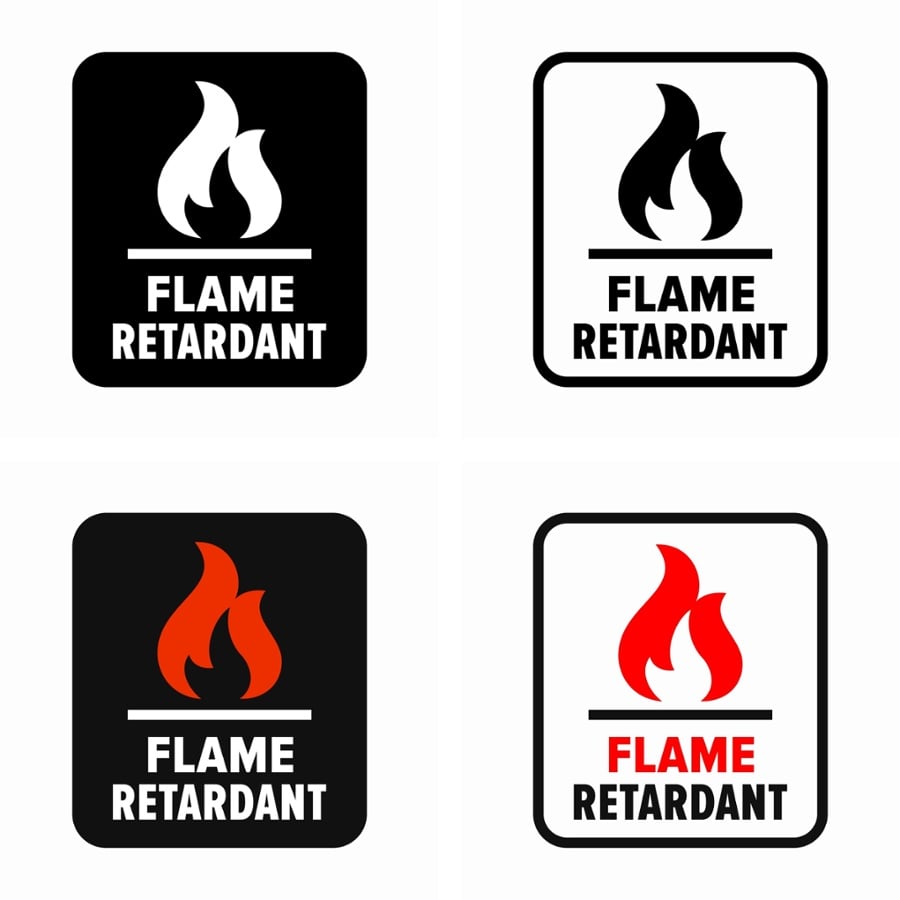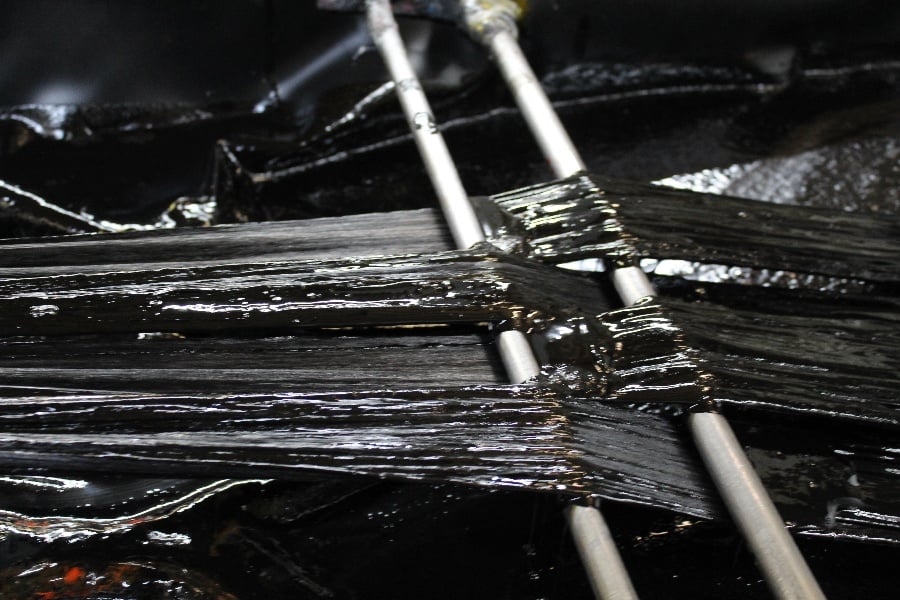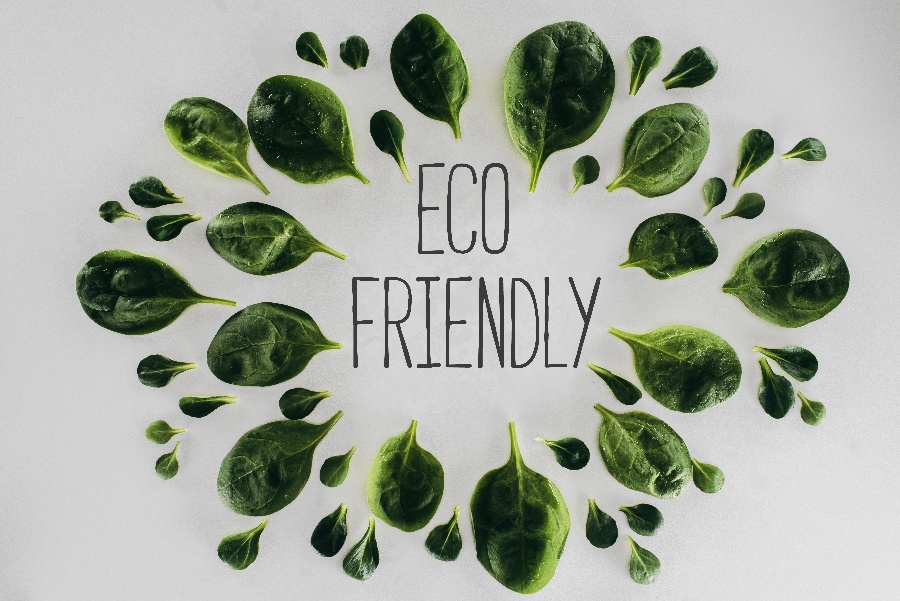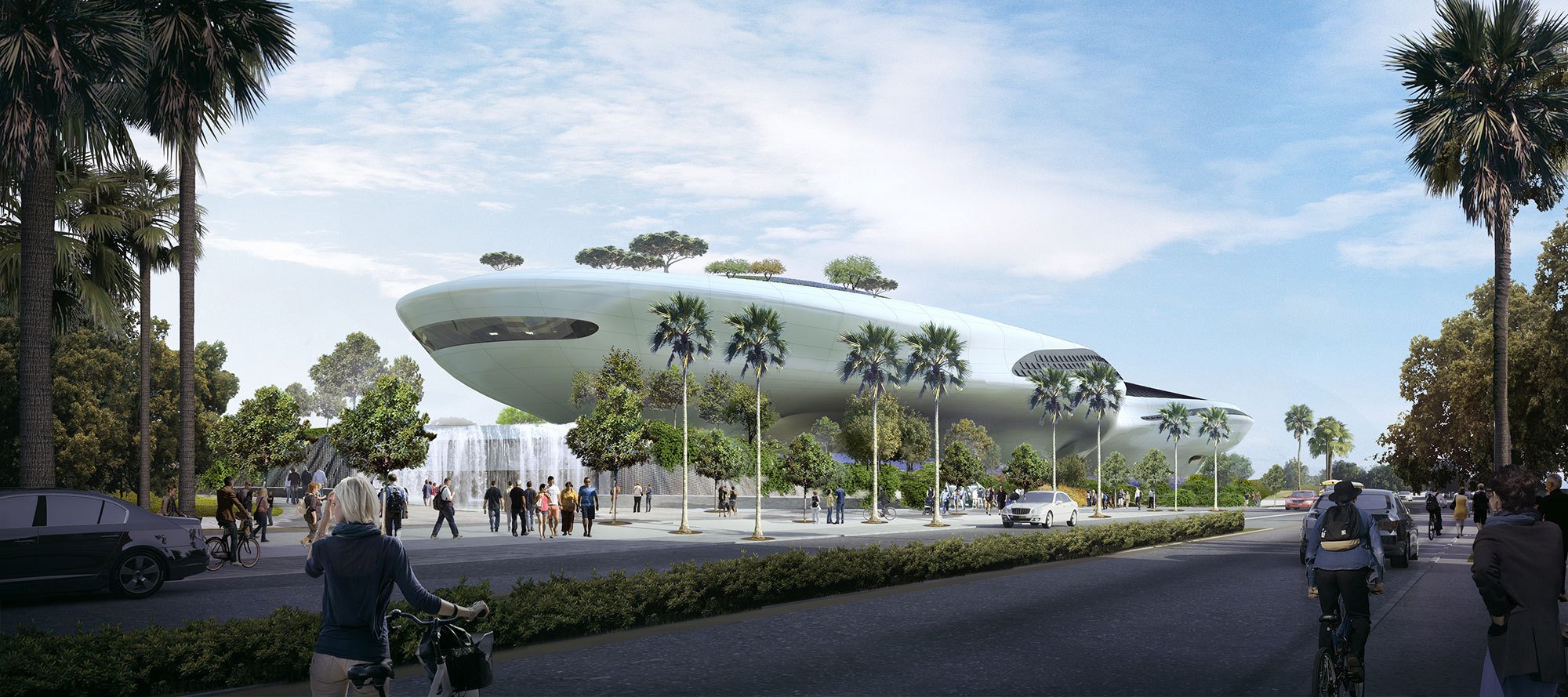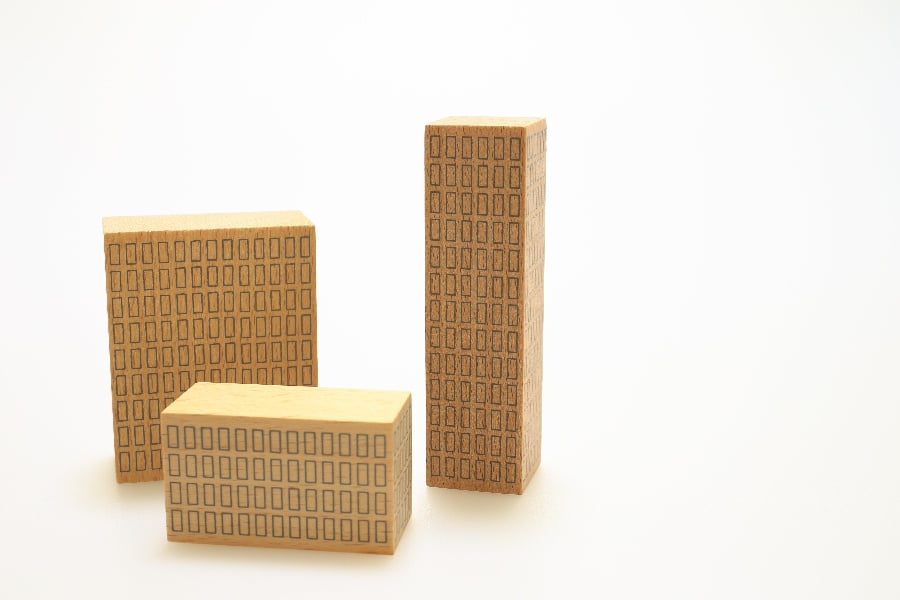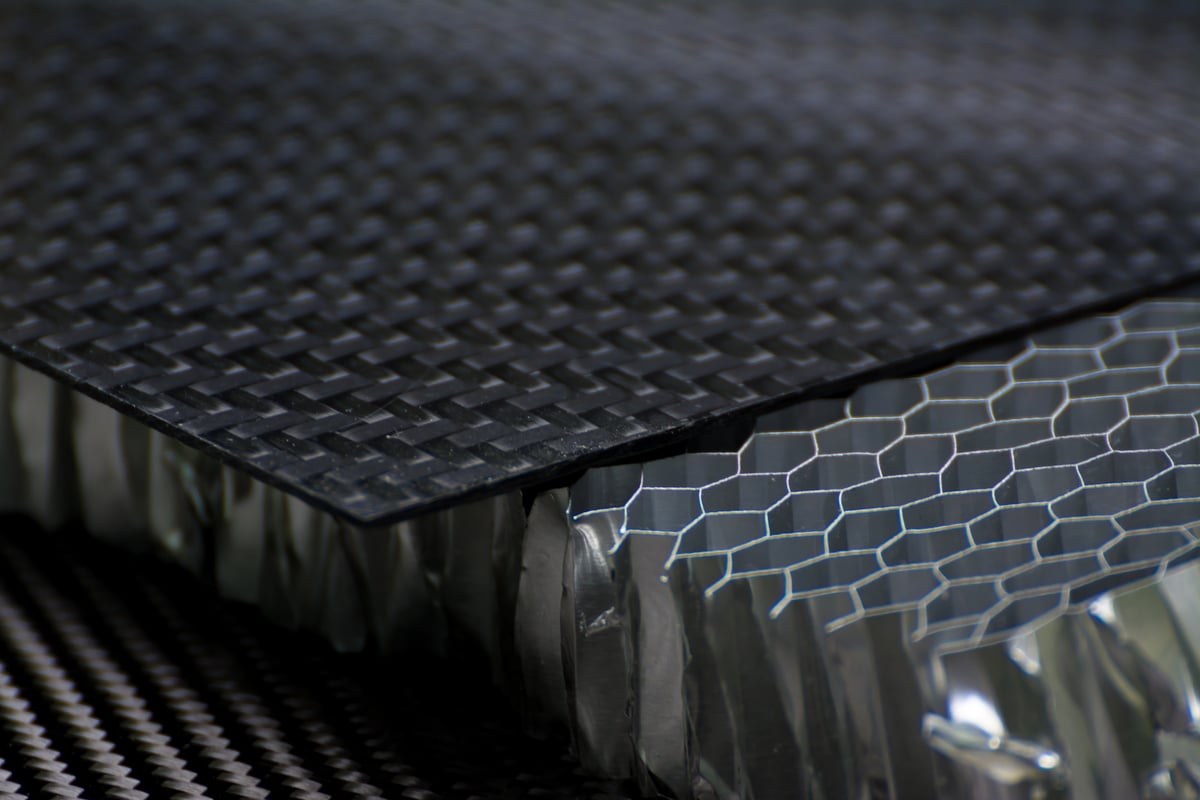
Opening up a world of possibilities, Fiber Reinforced Polymer (FRP) composite profiles can be used in just about any type of application.
From transportation to infrastructure and everything in-between, composite materials have made the impossible possible.
We have been seeing FRP composites used to increase strength and resistance to moisture or fire.
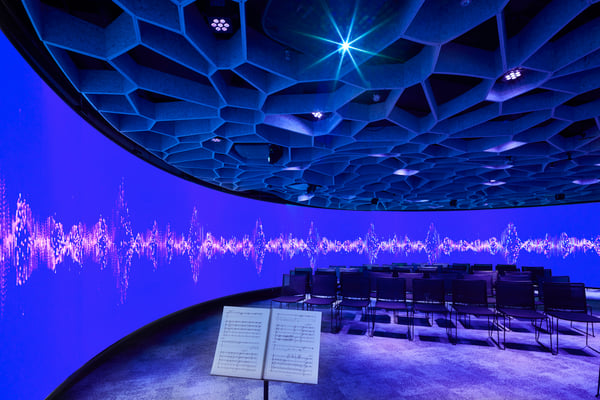
Pic Credit: seattlesymphony.org/octave-9
Nowadays, we are seeing even more creative uses for the material. One comes to us in the form of enhancing the sweet, sweet sounds of music within a symphony hall.
Sounds in Seattle
As a main hub for art, tech, coffee, and so much more, Seattle, Washington is a city that has something for everyone. Most recently, a new conservatory known as the Octave 9 Raisbeck Music Center has been erected.
Home to the world-famous Seattle Symphony, this isn’t just any ordinary auditorium. This 2,500-square-foot amphitheater provides an immersive experience for music lovers. Featuring a FRP composite circular enclosure, everything from acoustics to surround video projection can be done in this multi-sensory space.
What makes this music hall so special is the FRP composite material that was used to build it. Recycled carbon fiber was used to manufacture the panels, which were later finished with a black walnut veneer.
Initially, the designers wanted to use acrylic. However, acrylic proved to be too heavy. So, instead, they turned to repurposed carbon fiber as a lightweight, eco-friendly solution.
Another key factor in the decision to use FRP composites was customization. Octave 9’s project designer, Scott Crawford, wanted to use a material that could be customized to match the music center’s original woodwork. This made FRP composites the perfect choice.
Constructing the Center
Since weight was the first major deciding factor in the type of material that would be used, the music hall needed to be created in pieces.
The team of engineers ended up manufacturing 13 movable sections. This enables the symphony to change the space and sound by switching out various panel arrangements.
Each of the 13 sections features an acrylic video panel for projection and a black walnut veneer on the exterior of the panel. They are also mounted to both sides of a steel frame on wheels. This allows for easy configuration.
Reduce, Reuse, and Repurpose
The best part about the new music center is that it was built using recycled FRP composites. Seattle is well known for being an environmentally-conscious city, and allowing this aspect of the local culture to translate through the Octave 9 Raisbeck Music Center was very important.
Presently, about 900 tons of carbon fiber waste ends up in landfills every year in the state of Washington. According to the Washington Department of Ecology, that includes 500 tons of cured carbon fiber prepreg, which is also known as scrap.
Most of the scrap ends up in a landfill for something as simple as a cosmetic flaw. Perhaps there was a slice in the roll or maybe a piece of fiber was missing. The result is entire rolls of leftover material being scrapped. This occurs most often with FRP composites that are being used for the aerospace industry.
To complete the Octave 9 project, reclaimed prepreg was collected and used to manufacture the panels. Once it was put through the pultrusion process and cured, the results were the same as they would have been if virgin material had been used.
The Process
Using recycled carbon fiber and a quasi-isotropic layup, the panels began to take shape via a conventional vacuum bag process. After curing in a 250-degree oven for two hours, the 10 x 10-foot panels were cut into precise sizes for the project at hand. A water jet was used to alter the sizes. The finished panels measured 7.5 x 8-feet.
Holes were also made in the panels for fasteners, and they were then stained to match the existing wood at the music hall. Finally, the panels were bonded using contact cement.
Carbon Fiber vs Acrylic
The benefits of using carbon fiber instead of acrylic are manifold. First, carbon fiber panels weigh about 83% less than acrylic panels. That even takes the wood finish into account. Since they are lighter, they are also easier to transport and install. This helps to reduce the cost of shipping and labor.
Carbon fiber profiles are also stronger and stiffer than acrylic. This means that when the panels are being wheeled around the music hall for various configurations, they will not vibrate or bounce as much as the acrylic panels would.
Furthermore, carbon fiber is known for its resistance to heat and fire. While acrylic shares some protective properties like resistance to moisture, corrosion, rust, and UV rays, it is not fire-resistant. In fact, acrylic will ignite if it is met with an open flame. It is considered to be a flammable material, which is not something that anyone wants.
Meanwhile, FRP composites like carbon fiber are resistant to heat and fire. These advanced materials are even used to create aircraft interiors due to their extraordinary heat resistance.
At this point, we’d also like to point out that carbon fiber is non-conductive while acrylic is conductive. A special chemical coating would need to be applied to acrylic in order to make it non-conductive. This is not only expensive, but it’s also harmful to the environment as well.
Also, since the FRP composite panels are only 1.4-millimeters thick, they were able to be bent. That eliminated the need for a curved casting mold, which ultimately helped to reduce the overall cost of production.
Finally, reclaimed carbon fiber is cheaper to source than acrylic. Overall, using FRP composites to build these panels resulted in stronger, safer, and less expensive end product.
Creating with Tencom
Our experts here at Tencom have over 22 years of experience with FRP composites. Using our very own pultrusion process, we can create customized fiberglass or carbon fiber profiles for your next project. Get in touch with our team to learn more about our services today.




